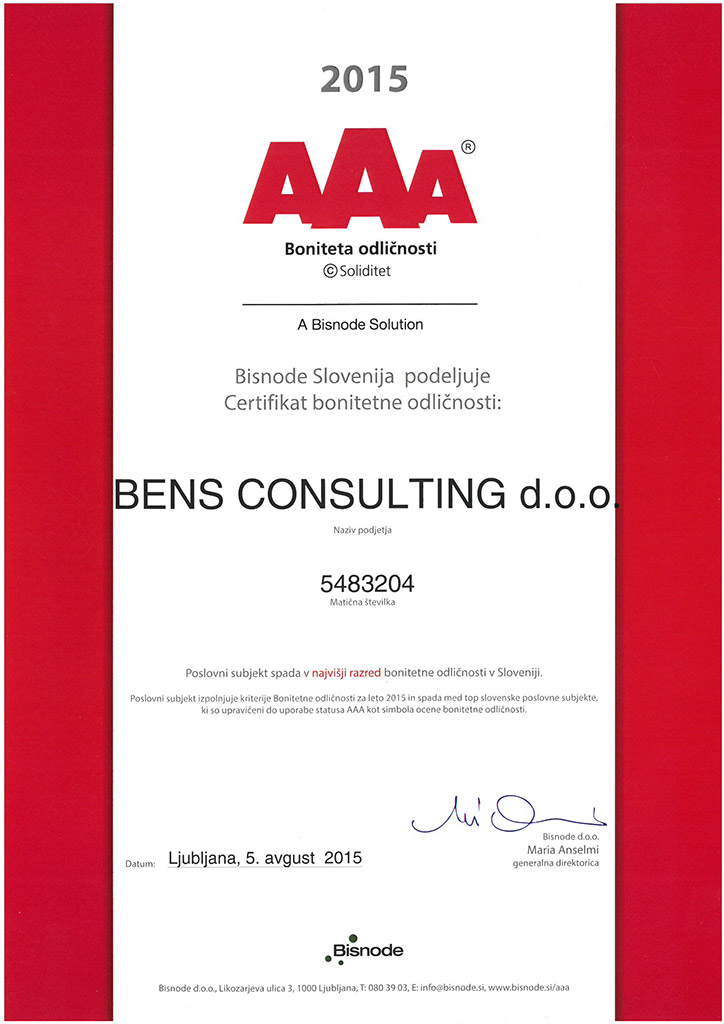Last time we took a closer look at the first two mistakes we often see when reviewing safety Data Sheets (SDS).
Let's look today the next three mistakes:
- Mistake no. 3: We didn't prepare the SDS so we're not responsible for it.
- Mistake no. 4: SDS translation was done carefully and to the best of our abilities.
- Mistake no. 5: We only rewrote the information already in the document.
Now let's look at each of these mistakes in more detail.
We didn't prepare the Safety Data Sheet so we're not responsible for it
Wrong. Here's what it says in Guidace on the compilation of safety data sheets (SDS):
“In all cases, suppliers of a substance or a mixture which requires a safety data sheet have the responsibility for its contents, even though they may not have prepared the safety data sheet themselves."
You're maybe thinking that you're not a supplier. But hang on. Let's look at the definition before we jump to any conclussions.
A supplier is, simply put, everyone involved in the supply chain.
Thus, your supplier has responsibility towards you. And you are primarily responsible to those to whom you have sold a substance or mixture. A person supplying the substance or mixture is thus responsible for the content of the SDS.
This means that the supplier is responsible even if he or she did not prepare or compile the Safety Data Sheet (for example, a direct translation of the original).
The basic principle is, when you hand out the safety data sheet, you are responsible for what is written on it.
So you should know (or get informed about) what you are handing out.
Do you remember mistake no 4. It's this:
SDS translation was done carefully and to the best of our abilities
You certaily had good intentions but does that relieve you from the responsibility?
Unfortunately no because the legislation requires you to know what you hand out. This also means that you should know the content of the safety data sheet and know how to defend its contents.
This part referring to the responsibility, is written in the second part of the Guidance, which says:
“In such cases, the information provided by their suppliers is clearly a useful and relevant source of information for them to use when compiling their own Safety Data Sheets.”
The key part that is most commonly overlooked, is that SDS is only a useful and appropriate source of information. Nothing else.
Therefore, if you translated the Safety Data Sheet, you remain responsible for its contents.
Mistake no 5 is similar to this one.
We only rewrote the information information already in the document.
If you rewrite the informaton you still remain responsible for its contents.
There's a simple reason for that. By only rewriting the information you don't verify the accuracy of the information. What's more you can unintentionally include errors which may have existed in the previous safety data sheet.
So from obligations' (and legal authourities') point of view you didn't do everything in your power to detect errors and eliminate them.
We still have two mistakes left which you'll get in a day or two.






 Back to posts
Back to posts

